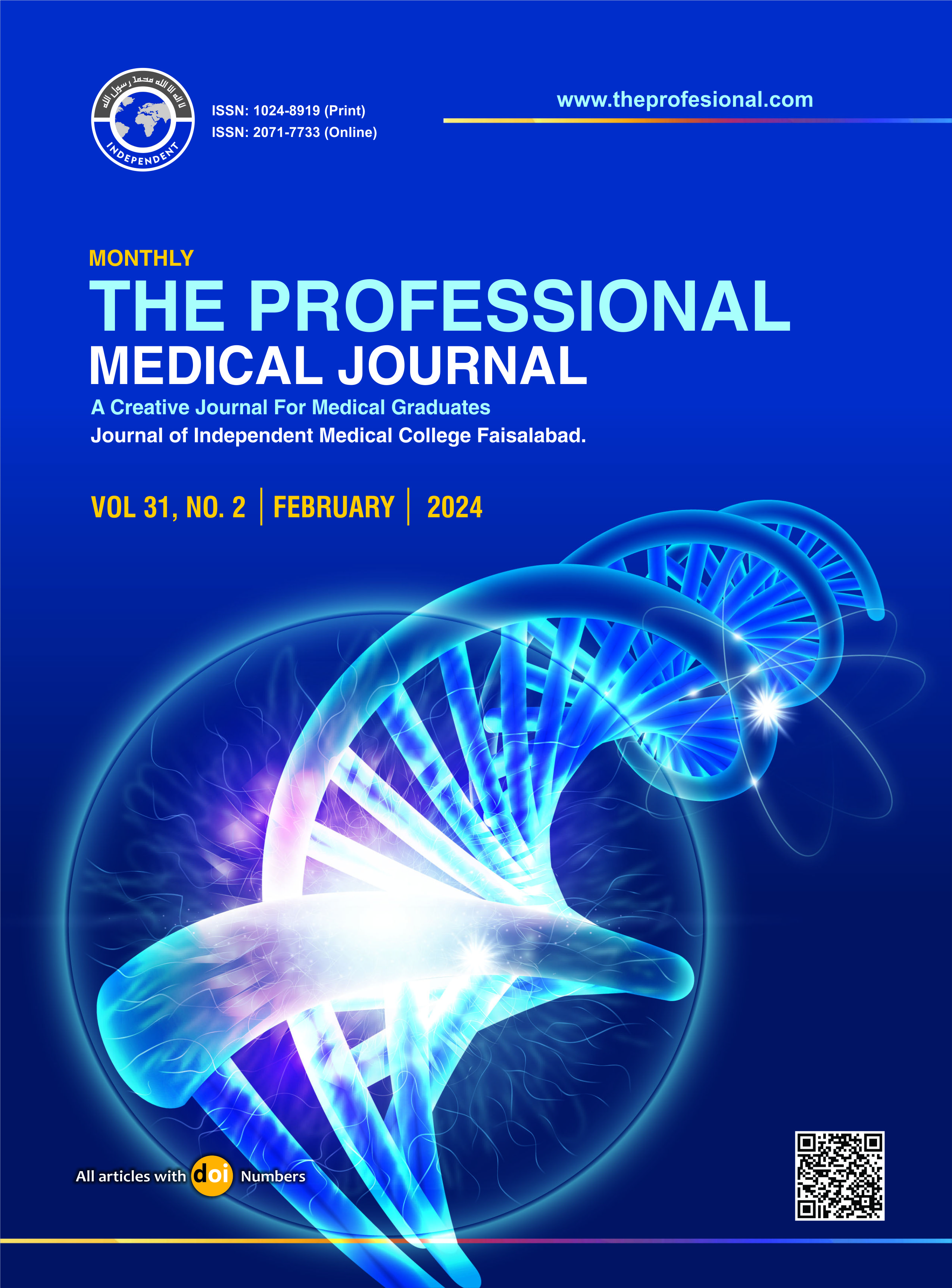Effect of glycyrrhizin and canagliflozin on treatment of non alcoholic fatty liver disease in a rat model.
DOI:
https://doi.org/10.29309/TPMJ/2024.31.02.7644Keywords:
Canagliflozin, Glycyrrhizin, Non-Alcoholic Fatty Liver Disease, Sodium Glucose Co-Transporter-2Abstract
Objective: To observe the effect of canagliflozin and glycyrrhizin in prevention of non-alcoholic fatty liver disease. Study Design: Randomized Control Trial. Setting: Animal House, Post Graduate Medical Institute, Lahore. Period: March 2018 to August 2019. Material & Methods: It was an experimental study in which twenty-four adult healthy male Sprague- Dawley rats were categorized in four groups. All groups except normal control (A) were fed high fat high cholesterol diet throughout the study period. After 8 weeks group Disease Control (B) was administered distilled water, Glycyrrhizin treatment group (C) was given glycyrrhizin 60 mg/kg, Canagliflozin treatment group (D) was given canagliflozin 10 mg/kg. At the end of study, animals were sacrificed and liver tissue was prepared for histopathological analysis. Data was analyzed by SPSS 25 using Kruskal Wallis ANOVA followed by Mann Whitney U test. P value < 0.05 was considered significant. Results: Both showed significant lower grade of hepatic steatosis when compared to disease control. Canagliflozin treated group had significant decrease in hepatic steatosis, hepatic inflammation and ballooning than glycyrrhizin treated group. Conclusion: Glycyrrhizin halted the progression of fatty liver disease. The prevention of disease by canagliflozin infers their beneficial effect for treatment of non-alcoholic fatty liver disease.
Downloads
Published
Issue
Section
License
Copyright (c) 2024 The Professional Medical Journal

This work is licensed under a Creative Commons Attribution-NonCommercial 4.0 International License.


